My next Dana Hargrove novel (coming January 2018!) has kept me from posting recently, but I just HAVE to take the time to share with you my latest exciting read: To the Bright Edge of the World. Let this be the kickoff to a new series on VBlog, devoted to my favorite authors of literary fiction. Eowyn Ivey is at the top of the list.
Eowyn (pronounced A-o-win) LeMay Ivey was raised in Alaska and continues to live there with her husband and two daughters. Her mother named her after a character from J. R. R. Tolkien’s Lord of the Rings! Her debut novel, The Snow Child, was a finalist for the Pulitzer Prize and became an international bestseller. Inspired by a traditional fairytale, the novel tells the story of Alaskan homesteaders in 1920. Here is an excerpt from my review in 2013:
The Snow Child effortlessly skates the line between realism and magic in beautiful, simple prose…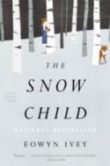 Most surprising is the intense suspense created by the comings and goings of the snow maiden. She is the personification of a beautiful but ever-changing wilderness, and like the main characters in the novel, we want her to remain with us while constantly fearing the moment when she will be gone.
Most surprising is the intense suspense created by the comings and goings of the snow maiden. She is the personification of a beautiful but ever-changing wilderness, and like the main characters in the novel, we want her to remain with us while constantly fearing the moment when she will be gone.
Once again, the inscrutable Alaskan wilderness is the setting (or, perhaps, the main character?) in Ivey’s second novel, published a year ago. Set in 1885, To the Bright Edge of the World tells the story of a reconnaissance into the heart of Alaska along the fictional Wolverine River. The small party of five, led by Lieutenant Colonel Allen Forrester, is tasked with exploring the territory recently purchased from Russia. Historically based, yet entirely fictional, the novel comprises an assemblage of journal entries, letters, excerpts from books, photographs, and artifacts. This structure gives the novel the feel of nonfiction and adds elements of mystery and suspense. We are carried along with Forrester and discover Alaska for ourselves with each new adventure.
One such fictional letter is a directive from an Assistant Adjutant General to Forrester at the start of the mission: “The objective is to map the interior of the Territory and document information regarding the native tribes in order to be prepared for any future serious disturbances between the United States government and the natives of the Territory.” The arrogance in this missive is chilling, a foreshadowing of the ultimate disruption to the habitat, health, and customs of the indigenous people. Why would the U.S. ever need to be “prepared for any future serious disturbances” unless a military incursion was deemed a matter of right? Here, Ivey lays the groundwork for one of the underlying themes in her book, a juxtaposition of the cold official purpose of the mission and the humanity the explorers show during their contacts with native tribesmen.
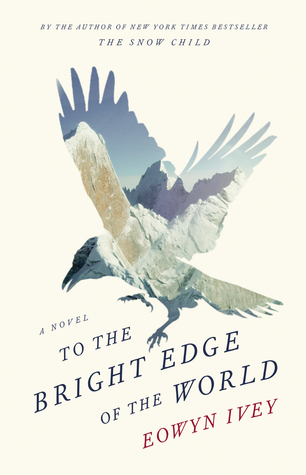 As Forrester’s party trudges through ice canyons of terrifying beauty, encountering setbacks, privation, sickness, and near starvation, the lines increasingly blur between man and beast, perception and reality, the corporeal and the mystical. These slender divisions: are they magic or the products of hallucination, brought on by hunger, exposure, and suggestion?
As Forrester’s party trudges through ice canyons of terrifying beauty, encountering setbacks, privation, sickness, and near starvation, the lines increasingly blur between man and beast, perception and reality, the corporeal and the mystical. These slender divisions: are they magic or the products of hallucination, brought on by hunger, exposure, and suggestion?
“They believe it is a thin line separates animal and man,” Samuelson the trapper says about the natives. “They hold that some can walk back and forth over that line, here a man, there a beast.” Forrester encounters an elderly Eyak man who is impossibly ubiquitous, always arriving ahead of the party at their next camp. He’s known as “The Man Who Flies on Black Wings.” When Forrester tells a Midnoosky chief that he is “not accustomed to believing in mountain spirits or men who can fly,” the chief’s response is indisputably logical. Isn’t it true that “your people catch light on paper so that you can see something that happened a long time ago,” and you have “wooden boxes that sing”? Today, with our handheld rectangles of plastic and metal, we instantly transport our voices and images around the world. We are, indeed, everywhere at once, living in the age of magic.
Bright Edge has everything you could want in a novel: adventure, history, danger, mysticism, romance, thrills, terror, supernatural phenomena, and suspense. The characters are multi-dimensional and well-drawn, people you will come to care about. There is even a deep love story in the relationship between Forrester and his wife, Sophie, who waits at the military camp in Vancouver for his return. From afar, Sophie is touched by a few inexplicable phenomena, forging a mystical connection with her husband. Pick up this book, and you too will feel the magic of Alaska. As a great side benefit, thoughts of icebergs are a good way to beat the summer heat. Yesterday, it was 93 degrees in New York!
This fabulous author has graciously agreed to answer a few questions I’ve been dying to ask! Welcome to my blog, Eowyn. I’m so pleased you could join me.
The powerful and dramatic landscape of Alaska figures prominently in your novels. In some of your interviews, you’ve said that you’ve always been trying to understand the state you call your home. Has your writing brought you closer to that understanding?
In ways, yes. I’ve always been perplexed by my love of Alaska because even though it is beautiful and majestic, it also 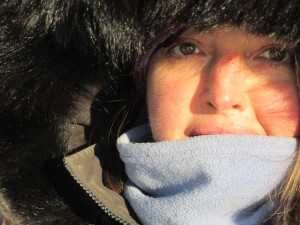 has a lot of darkness and brutality. If I can see all of that clearly, how can I still be so attached to it and be sure I don’t want to live anywhere else? But through the writing process, I’ve come to suspect that is the nature of love. In order to love someone or something with honesty, beyond just the postcard image, maybe I have to know all its flaws and terrors. So I feel like I’m making peace with some element of that. At the same time, Alaska’s past and present is complex, like any place I suppose, so I don’t feel as if I’ve got it all neatly buttoned up. I’ve still got some questions to work with as a writer.
has a lot of darkness and brutality. If I can see all of that clearly, how can I still be so attached to it and be sure I don’t want to live anywhere else? But through the writing process, I’ve come to suspect that is the nature of love. In order to love someone or something with honesty, beyond just the postcard image, maybe I have to know all its flaws and terrors. So I feel like I’m making peace with some element of that. At the same time, Alaska’s past and present is complex, like any place I suppose, so I don’t feel as if I’ve got it all neatly buttoned up. I’ve still got some questions to work with as a writer.
Bright Edge taps into the irresistible, vicarious thrill of joining an expedition into unknown, dangerous terrain, an adventure rooted in historical fact, yet almost beyond the bounds of imagination for most of us today. Your writing captures the feeling of wonder, awe, and fear inspired by the vast and terrifying landscape. Have you had personal experiences in Alaska, in the wilderness, where the magnitude of the environment was overwhelming or you felt at the mercy of nature?
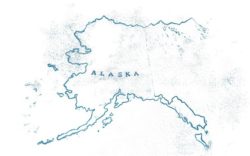 First off, thank you so much for that. One of my main aspirations with the novel was to allow readers to experience the adventure for themselves as much as possible, so I’m so thrilled at your response. And absolutely, even after spending my entire life in Alaska, I continue to be overwhelmed and in awe of the wilderness. This touches on the previous question, about my conflicting emotions about Alaska, because it can be simultaneously magnificent and terrifying. I’ve had the more stereotypical encounters—being charged by a grizzly bear, watching the northern lights on a winter night, sleeping in a remote cabin when it’s 40 below zero outside. But more often the moments are unexpected, like when I’m picking wild blueberries on a mountainside and I stop to stretch my back and realize that as far as I can see in any direction there is not another human being, only mountains and tundra and rivers. It’s a bracing, humbling sensation.
First off, thank you so much for that. One of my main aspirations with the novel was to allow readers to experience the adventure for themselves as much as possible, so I’m so thrilled at your response. And absolutely, even after spending my entire life in Alaska, I continue to be overwhelmed and in awe of the wilderness. This touches on the previous question, about my conflicting emotions about Alaska, because it can be simultaneously magnificent and terrifying. I’ve had the more stereotypical encounters—being charged by a grizzly bear, watching the northern lights on a winter night, sleeping in a remote cabin when it’s 40 below zero outside. But more often the moments are unexpected, like when I’m picking wild blueberries on a mountainside and I stop to stretch my back and realize that as far as I can see in any direction there is not another human being, only mountains and tundra and rivers. It’s a bracing, humbling sensation.
One of my favorite parts of the book is a “written record” of an interview between a Midnoosky chief and Colonel Forrester, who desperately needs advice on the best route to take through the unmapped, treacherous mountains. With each question Forrester asks, the chief is more baffled by his motivations. I was struck by the depth of your insight into the cultural differences and assumptions of these two people—their conversation is also quite funny! Can you comment on the source of your idea for this section and whether it is based on research or knowledge of Midnoosky culture.
That’s wonderful that you saw the humor in that section! Writing funny scenes doesn’t come naturally to me, and I worry I’m too subtle sometimes. But I was hoping to capture some of the miscommunication and cultural disconnect that would be inevitable in a situation like that. I did a ton of research over the years as I was working on Bright Edge —I have shelves and shelves of books, both academic and primary source material about the indigenous people of South Central Alaska, including historic interactions similar to this. But the challenge for me, and the thrill, was to then let all that research slide into the background and allow my characters to interact on their own and be themselves on the page.
At various points in the book, the lives of Forrester and his men are saved by the natives, and in his diaries, Forrester seems to regard them with respect and compassion. This contrasts starkly with his official report to his military commander, in which he coldly gives advice on the “feasible means of bringing a military force into the country” and how best to “control” the Indians “in the event of conflict,” by restricting their access to the food supply to “ensure their quick obedience.” What are your thoughts on this dichotomy?
Again, I so appreciate your close attention to the text. I’m not sure all readers pick up on that conflict, and it was an important aspect of the novel for me. During my research, I read countless military reports and historic documents that would simultaneously express gratitude or admiration for indigenous people even as they set out plans to suppress them. It was naive of me, but at first I was really shocked by some of it. But then I began to see just how commonplace it was, and unfortunately in some cases, continues to be. Some of that history can be blamed on institutional racism—the gears are in motion and an individual feels powerless to stop it. What really surprised me, however, is how often I would be reading a firsthand narrative or journal and the person seems to be intelligent and goodhearted in many ways, but then he or she expresses some really hateful and racist view. None of it fell under the convenient labels of villain versus hero. That was something I took away from my research—people are complex and conflicted and inconsistent, and I wanted to allow that to come through in the novel.
Are you currently working on your next novel?
I have some ideas swirling around, but I haven’t really sat down with them seriously. Winter in Alaska is always a better time for me to focus on writing. Thank you for asking! And thank you again for your insightful questions.
We look forward to whatever you have to offer next!
____________________________
If you’d like to read more about Eowyn Ivey, take a look at her website and these past interviews on other sites: Writers & Books, The Guardian, Publishers Weekly, For Winter Nights.


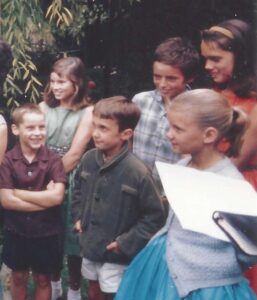
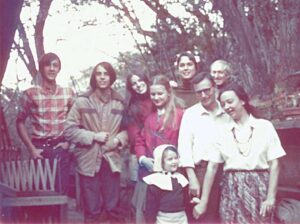
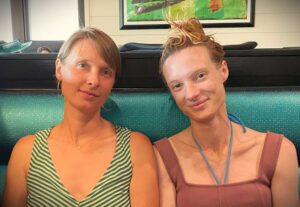

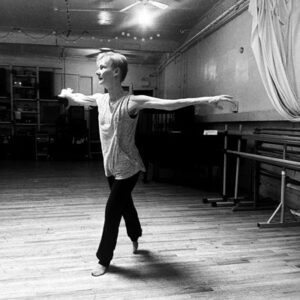

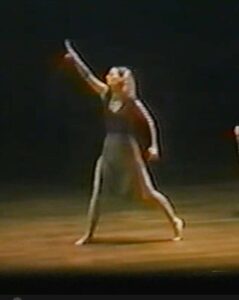
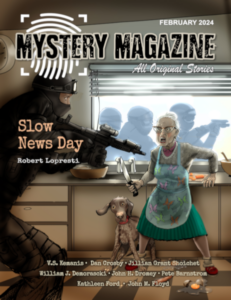
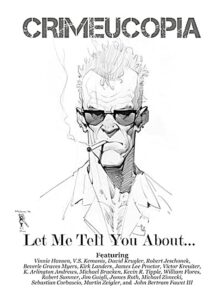
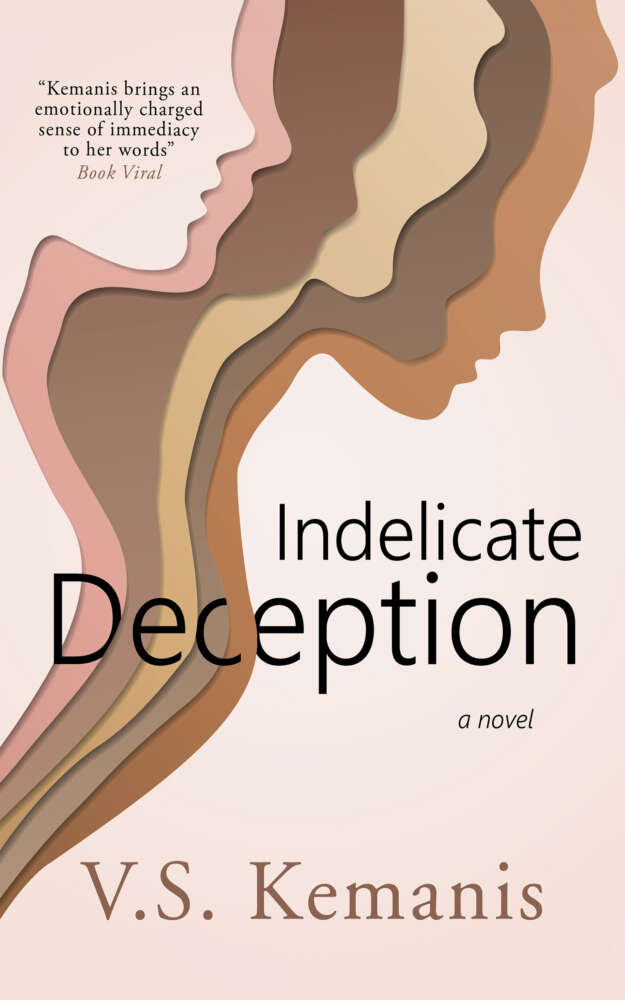


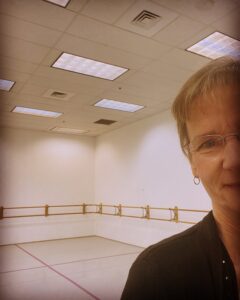
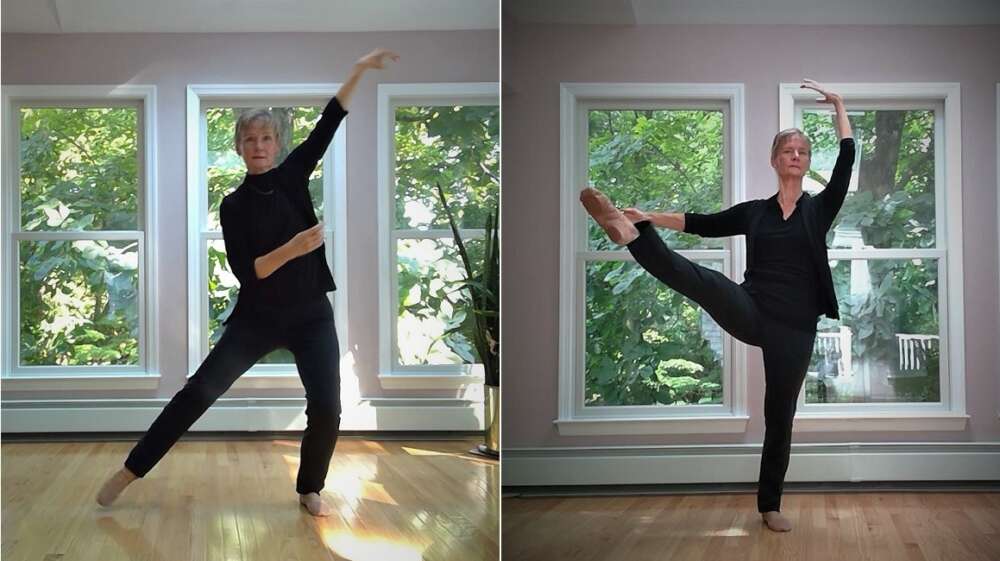
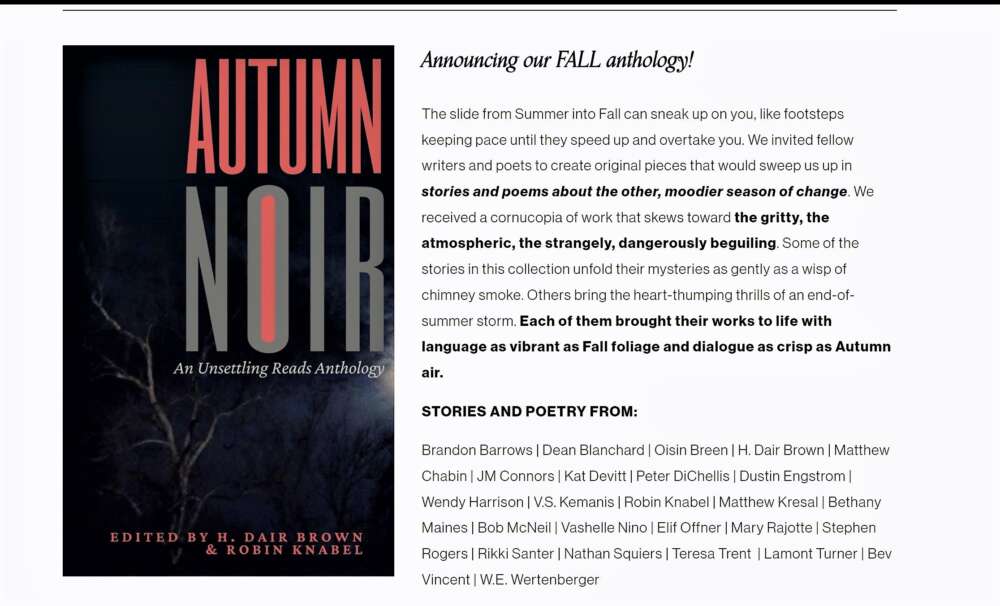
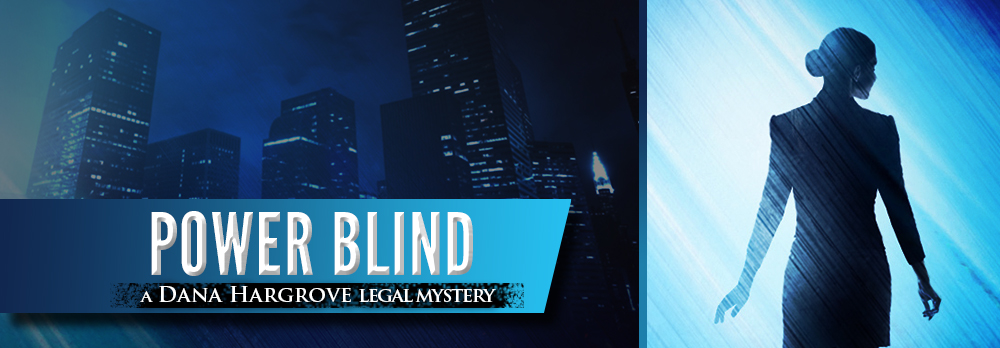
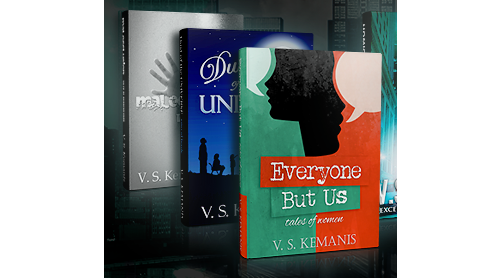
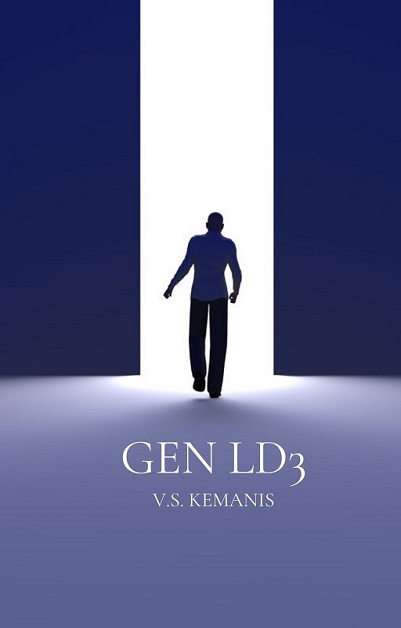
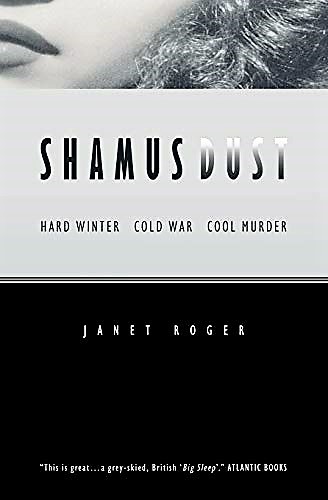
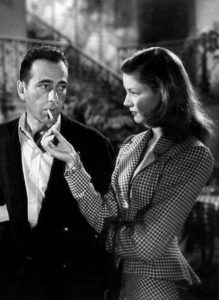 Give me another sec. Almost here, still a bit there. Let me knock back the last tumbler of gin and crush out my red lipstick-stained cigarette. Unfiltered.
Give me another sec. Almost here, still a bit there. Let me knock back the last tumbler of gin and crush out my red lipstick-stained cigarette. Unfiltered.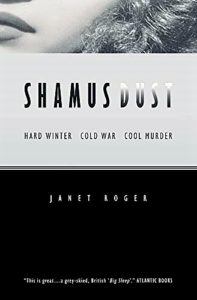 Shamus Dust is not a beach read or superficial entertainment to pick up when you’re mildly distracted. You’ll need to take this one slowly to savor the language, its sophistication, wit, irony, unique metaphors, and turns of phrase. You’ll need time to ponder the complexity of the plot. The author honors the reader’s intelligence, never overstates, poses one intriguing puzzle after another. She follows Newman through London without revealing what he’s up to in a scene until, several pages on, the reader is allowed to discover the meaning of the interaction. There are many of these “ah-ha” moments, opportunities to marvel at the cleverly interlacing intricacies.
Shamus Dust is not a beach read or superficial entertainment to pick up when you’re mildly distracted. You’ll need to take this one slowly to savor the language, its sophistication, wit, irony, unique metaphors, and turns of phrase. You’ll need time to ponder the complexity of the plot. The author honors the reader’s intelligence, never overstates, poses one intriguing puzzle after another. She follows Newman through London without revealing what he’s up to in a scene until, several pages on, the reader is allowed to discover the meaning of the interaction. There are many of these “ah-ha” moments, opportunities to marvel at the cleverly interlacing intricacies.
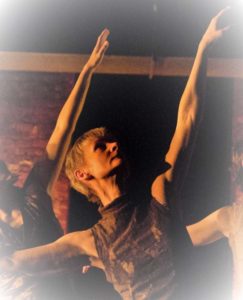
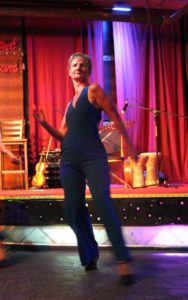 A day for reflection, to be grateful for a loving family, close friends, sound health, and the good fortune to be living in a time and place that affords women the freedom to work in artistic and intellectually stimulating fields. For me, that means law, fiction writing, and dance. Not necessary in that order and sometimes simultaneously!
A day for reflection, to be grateful for a loving family, close friends, sound health, and the good fortune to be living in a time and place that affords women the freedom to work in artistic and intellectually stimulating fields. For me, that means law, fiction writing, and dance. Not necessary in that order and sometimes simultaneously!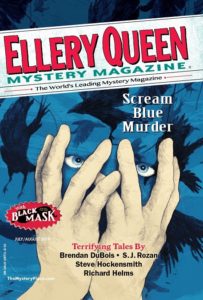 “
“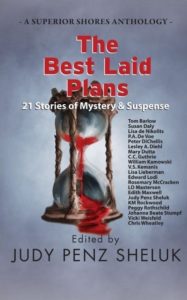 Released in June, the anthology
Released in June, the anthology 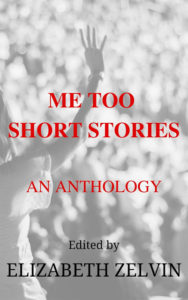 Coming in September from
Coming in September from 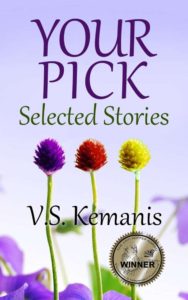
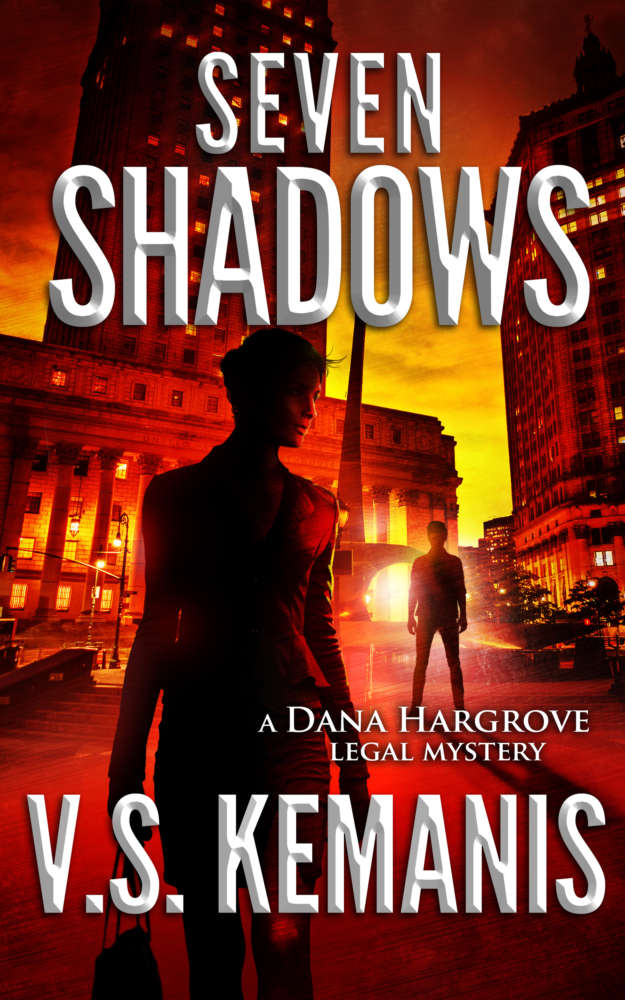
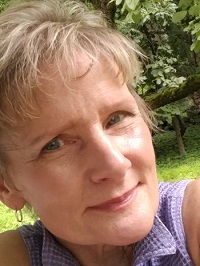
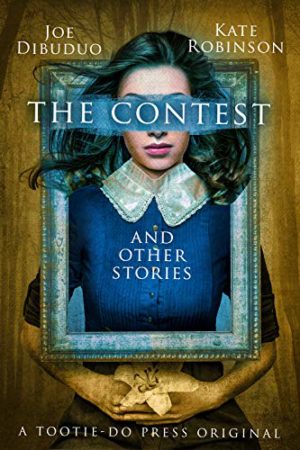
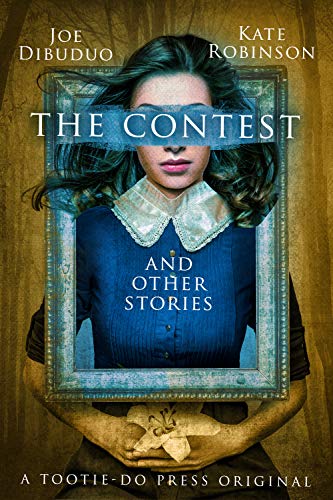

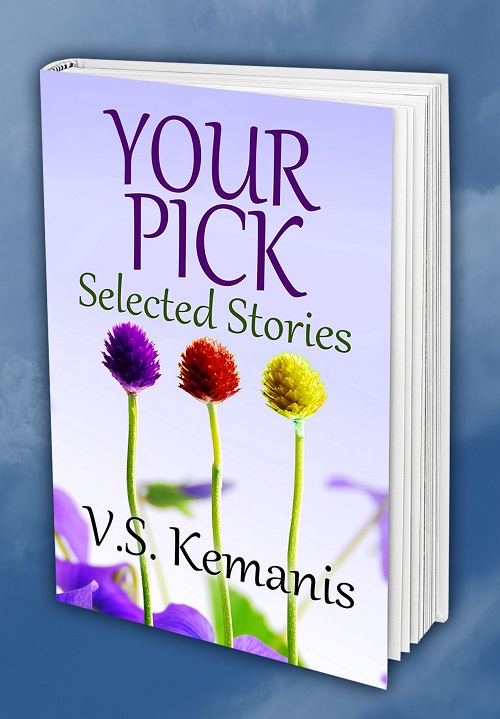
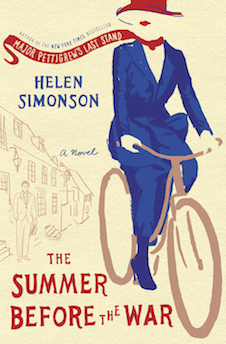
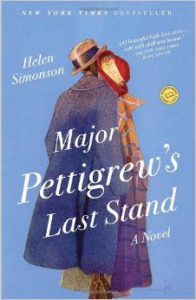
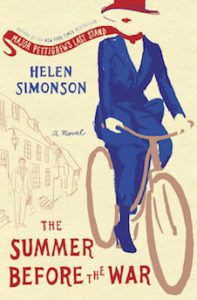
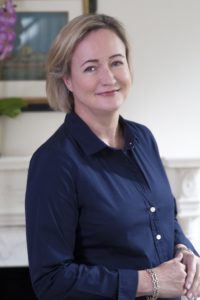
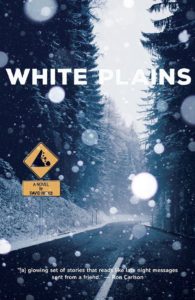 I’m pleased to welcome David Hicks to VBlog for this installment of Fiction Favorites & Awesome Authors. His debut novel
I’m pleased to welcome David Hicks to VBlog for this installment of Fiction Favorites & Awesome Authors. His debut novel 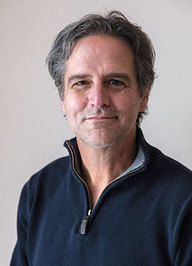
 Most surprising is the intense suspense created by the comings and goings of the snow maiden. She is the personification of a beautiful but ever-changing wilderness, and like the main characters in the novel, we want her to remain with us while constantly fearing the moment when she will be gone.
Most surprising is the intense suspense created by the comings and goings of the snow maiden. She is the personification of a beautiful but ever-changing wilderness, and like the main characters in the novel, we want her to remain with us while constantly fearing the moment when she will be gone. As Forrester’s party trudges through ice canyons of terrifying beauty, encountering setbacks, privation, sickness, and near starvation, the lines increasingly blur between man and beast, perception and reality, the corporeal and the mystical. These slender divisions: are they magic or the products of hallucination, brought on by hunger, exposure, and suggestion?
As Forrester’s party trudges through ice canyons of terrifying beauty, encountering setbacks, privation, sickness, and near starvation, the lines increasingly blur between man and beast, perception and reality, the corporeal and the mystical. These slender divisions: are they magic or the products of hallucination, brought on by hunger, exposure, and suggestion? has a lot of darkness and brutality. If I can see all of that clearly, how can I still be so attached to it and be sure I don’t want to live anywhere else? But through the writing process, I’ve come to suspect that is the nature of love. In order to love someone or something with honesty, beyond just the postcard image, maybe I have to know all its flaws and terrors. So I feel like I’m making peace with some element of that. At the same time, Alaska’s past and present is complex, like any place I suppose, so I don’t feel as if I’ve got it all neatly buttoned up. I’ve still got some questions to work with as a writer.
has a lot of darkness and brutality. If I can see all of that clearly, how can I still be so attached to it and be sure I don’t want to live anywhere else? But through the writing process, I’ve come to suspect that is the nature of love. In order to love someone or something with honesty, beyond just the postcard image, maybe I have to know all its flaws and terrors. So I feel like I’m making peace with some element of that. At the same time, Alaska’s past and present is complex, like any place I suppose, so I don’t feel as if I’ve got it all neatly buttoned up. I’ve still got some questions to work with as a writer. First off, thank you so much for that. One of my main aspirations with the novel was to allow readers to experience the adventure for themselves as much as possible, so I’m so thrilled at your response. And absolutely, even after spending my entire life in Alaska, I continue to be overwhelmed and in awe of the wilderness. This touches on the previous question, about my conflicting emotions about Alaska, because it can be simultaneously magnificent and terrifying. I’ve had the more stereotypical encounters—being charged by a grizzly bear, watching the northern lights on a winter night, sleeping in a remote cabin when it’s 40 below zero outside. But more often the moments are unexpected, like when I’m picking wild blueberries on a mountainside and I stop to stretch my back and realize that as far as I can see in any direction there is not another human being, only mountains and tundra and rivers. It’s a bracing, humbling sensation.
First off, thank you so much for that. One of my main aspirations with the novel was to allow readers to experience the adventure for themselves as much as possible, so I’m so thrilled at your response. And absolutely, even after spending my entire life in Alaska, I continue to be overwhelmed and in awe of the wilderness. This touches on the previous question, about my conflicting emotions about Alaska, because it can be simultaneously magnificent and terrifying. I’ve had the more stereotypical encounters—being charged by a grizzly bear, watching the northern lights on a winter night, sleeping in a remote cabin when it’s 40 below zero outside. But more often the moments are unexpected, like when I’m picking wild blueberries on a mountainside and I stop to stretch my back and realize that as far as I can see in any direction there is not another human being, only mountains and tundra and rivers. It’s a bracing, humbling sensation.